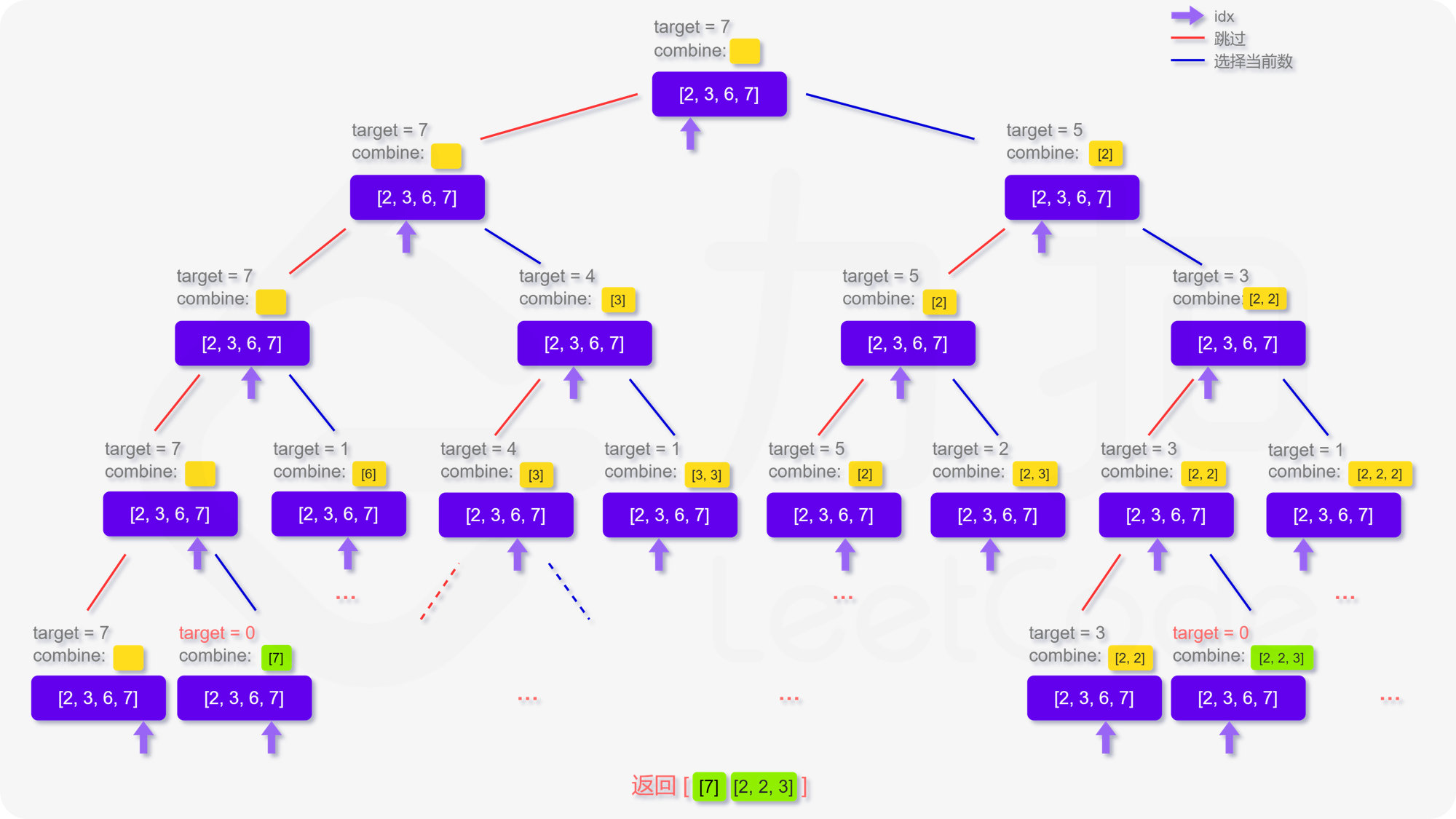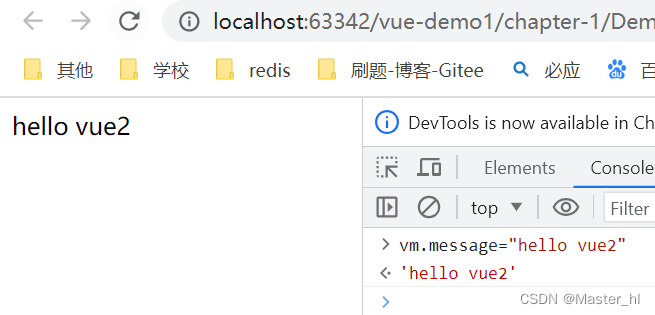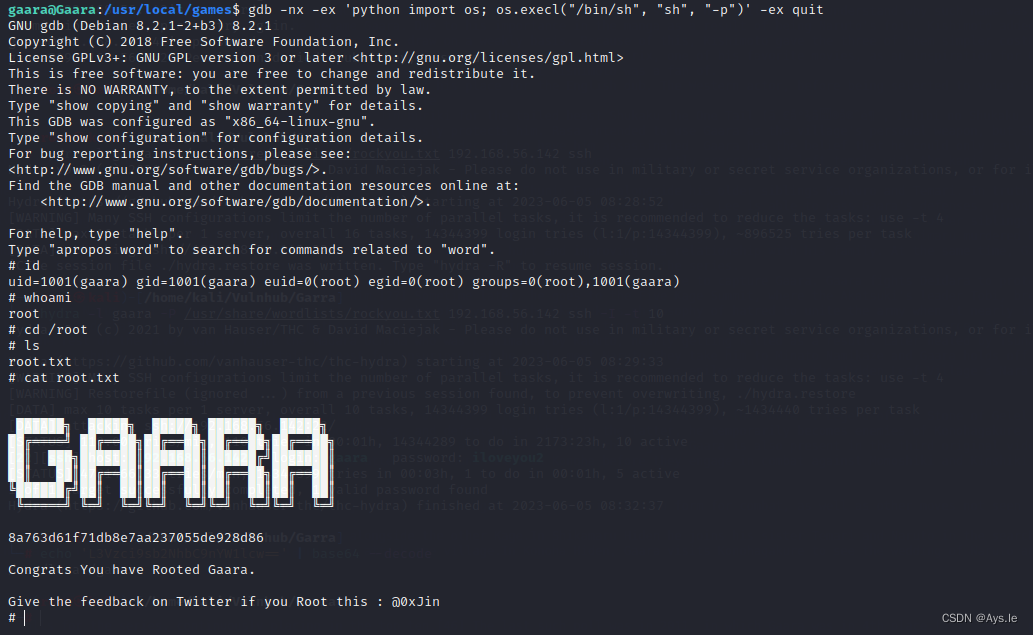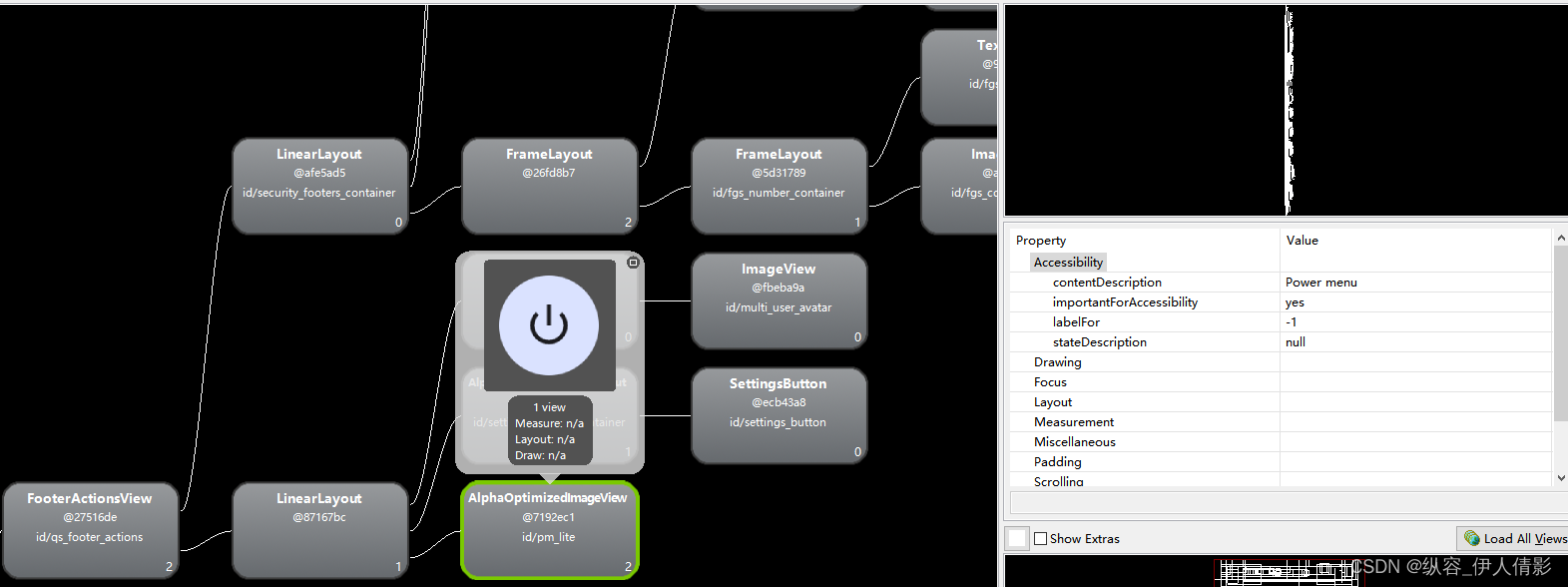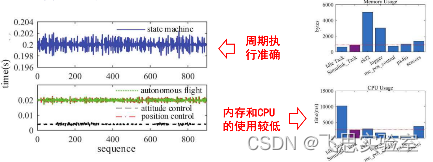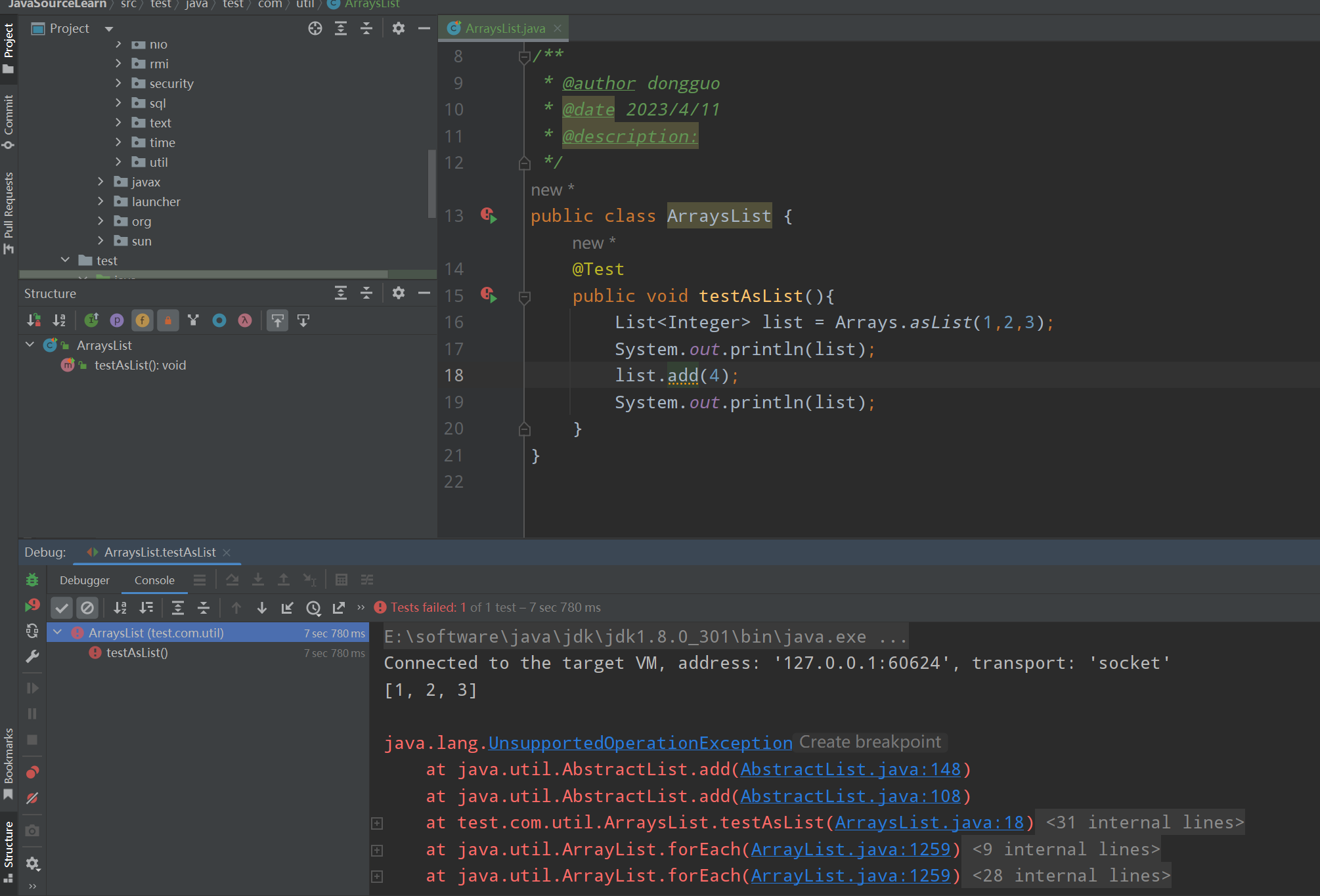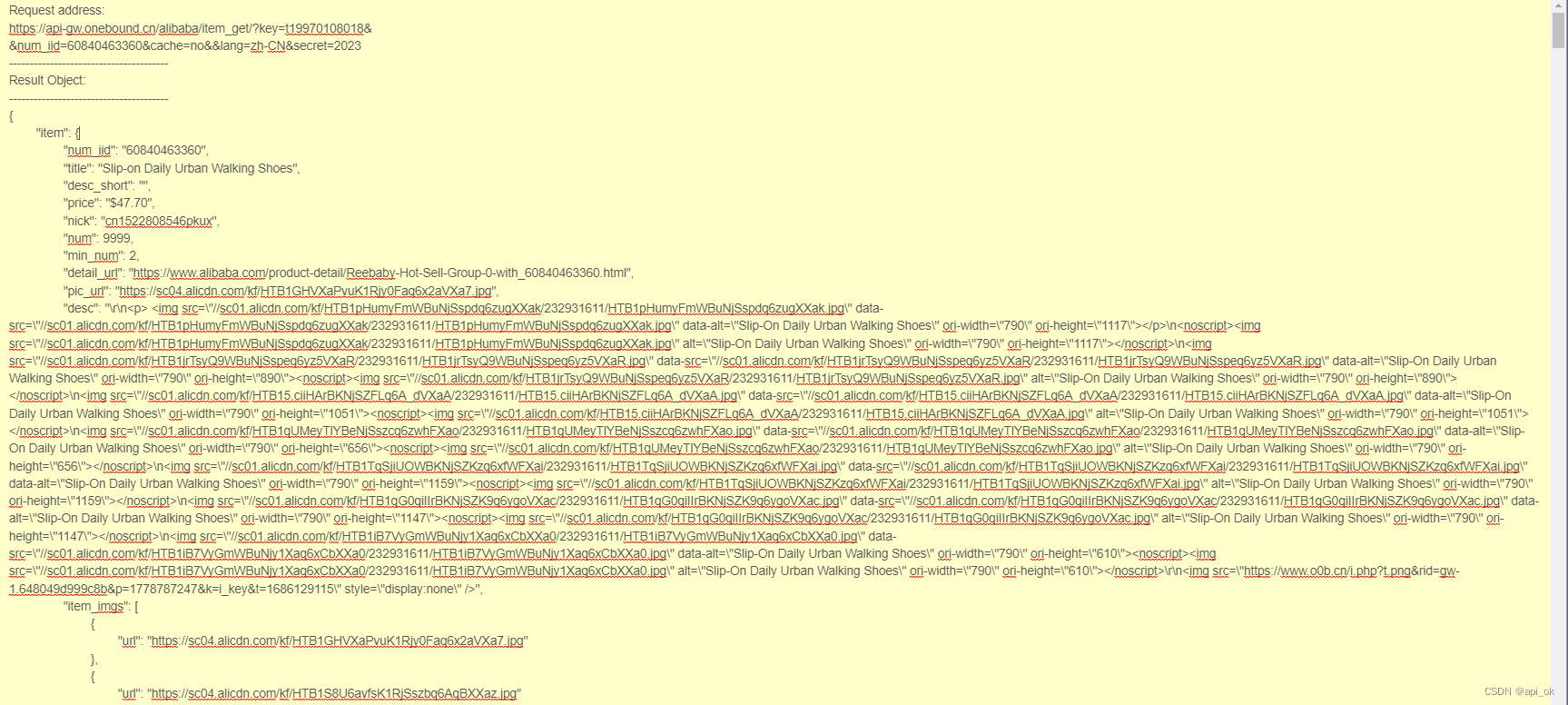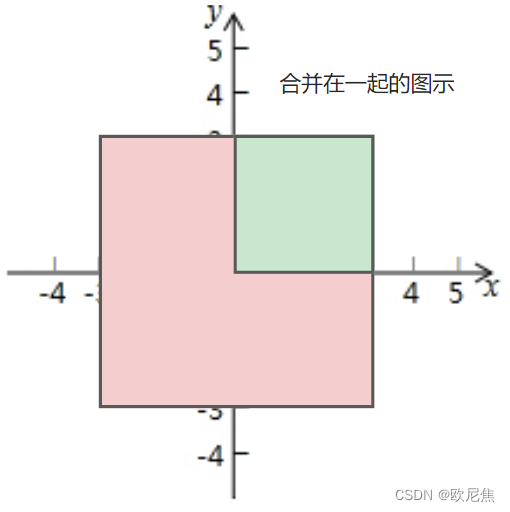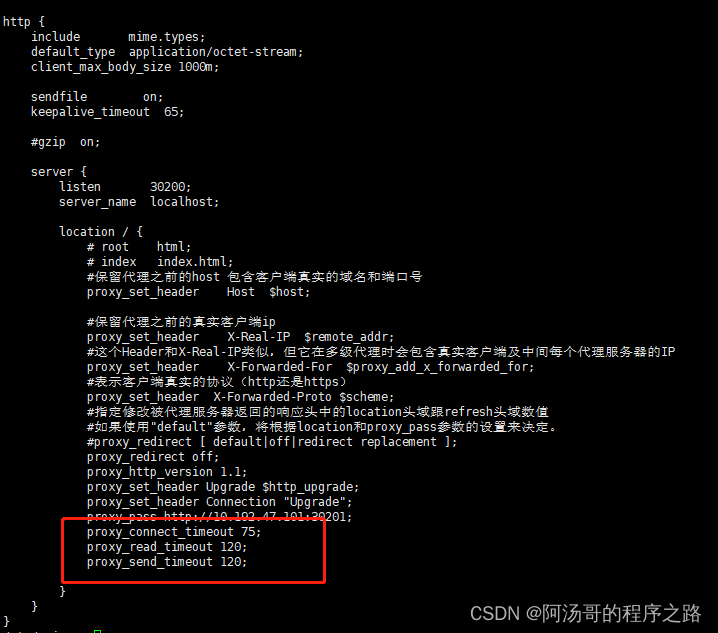1. NULL和nullptr
有如下代码:
void func(int a) {
cout << "func(int)" << endl;
}
void func(int* p) {
cout << "func(int*)" << endl;
}
void test() {
func(0); // func(int);
func(NULL); // func(int);
func(nullptr); // func(int*);
}因为NULL为0的宏定义,因此如上函数重载, func(NULL)会优先调用func(int);
2. 头文件防卫式声明
防止头文件重复包含,建议头文件加上如下预编译格式:
#ifndef __HEAD__H__
#define __HEAD__H__
/* ............. */
#endif3. 范围for
示例1:
int v[] { 1, 2, 11, 22, 33 };
for(auto x : v) { // 遍历数组v,将v中元素拷贝到x中
cout << x << endl;
}
int v[] { 1, 2, 11, 22, 33 };
for(auto& x : v) { // 遍历数组v,无需拷贝
cout << x << endl;
}示例2:
for(auto x : { 1, 2, 11, 22, 33 }) { // 遍历数组
cout << x << endl;
}4. strcpy和strcpy_s
strcpy:不检查目标字符串是否有足够的空间,可能导致目标字符串溢出;
strcpy_s:第二个参数指定目标字符串大小,会检查源字符串长度是否超过目标缓冲区长度。
// strcpy函数原型,头文件为<string.h>
char* strcpy(char* strDestination, const char* strSource);
/*
参数:
strDestination:目标字符串地址;
strSource:源字符串地址;
返回值:
成功:strDestination
失败:未定义错误,但可能导致缓冲区溢出
*/
// strcpy_s函数原型,头文件为<cstring>
errno_t strcpy_s(char *strDestination, size_t numberOfElements, const char *strSource);
/*
参数:
strDestination:目标字符串地址;
numberOfElements:strDestination的长度;
strSource:源字符串地址;
返回值:
成功:0
失败:非0错误码
*/5. 动态内存分配
5.1 C:malloc和free
void* malloc(int BytesNum);
/*
参数:
BytesNum:要分配的字节数
返回值:
成功:被分配内存的指针;
失败:NULL
*/
void free(void* addr);
/*
释放malloc分配的内存
*/示例1:
int* p = NULL;
p = (int*)malloc(sizeof(int)); // 在堆中分配4字节
if(p != NULL) {
*p = 5;
cout << *p << endl;
free(p); // 释放内存
}示例2:
char* p = NULL;
p = (char*)malloc(100 * sizeof(char));
if(p != NULL) {
strcpy_s(p, 100, "hello!");
cout << p << endl;
free(p);
}
示例3:
int* p = (int*)malloc(sizeof(int) * 100); // 分配可放100个整数的内存空间
if(p != NULL) {
int* q = p;
*q++ = 1; // 等价于 *(q++) = 1; 即 *q = 1; q++(q指向第二个整数地址)
free(p);
}5.2 C++:new和delete
new使用方式:
// 方式1
指针变量名 = new 类型标识符;
// 方式2
指针变量名 = new 类型标识符(初始值);
// 方式3
指针变量名 = new 类型标识符[该类型的内存单元个数];
// new分配内存失败
/*
若未指定nothrow标志,分配失败会抛出std::bad_alloc异常,可用try-catch语句来捕获和处理;
若指定了nothrow标志,分配失败会返回空指针,可用if语句来检查和处理。
*/示例:
// 示例1
int* p = new int;
if(p != NULL) {
*p = 8;
cout << *p << endl;
delete p;
}
// 示例2
int* p1 = new int(10);
if(p1 != NULL) {
cout << *p1 << endl;
delete p1;
}
// 示例3
int *pa = new int[100]; // 开辟有100元素的整型数组空间
if(pa != NULL) {
int* q = pa;
*q++ = 10; // [0] = 10
*q++ = 20; // [1] = 20;
cout << *pa << endl; // 10
cout << *(pa+1) << endl; // 20
delete[] pa;
}6. C++的struct和class
| struct | class | |
|---|---|---|
| 成员默认权限 | public | private |
| 默认继承权限 | public | private |
7. inline内联函数
与普通函数不同,内联函数的定义需放在头文件中。
inline可能带来代码膨胀问题,消耗内存。
8. 函数用法补充
8.1 一个返回值类型为void的函数可以返回一个返回值类型为void的函数
示例1:
void funcA(int a) {
cout << a << endl;
a--;
if (a > 0) {
return funcA(a);
}
}
void test() {
funcA(3);
}运行结果:

示例2:
void funcB() {
cout << "Hello" << endl;
}
void funcC() {
return funcB();
}
void test() {
funcC();
}运行结果:
![]()
8.2 函数形参之前尽量加const
优点:
(1)避免无意修改形参;
(2)调用更灵活;
void testNoConst(int& i) { }
void testConst(const int& i) { }
void test() {
int b = 20;
testNoConst(b); // 正确
testConst(b); // 正确
testNoConst(1); // 错误
testConst(1); // 正确
const int a = 10;
testNoConst(a); // 错误
testConst(a); // 正确
}待补充




